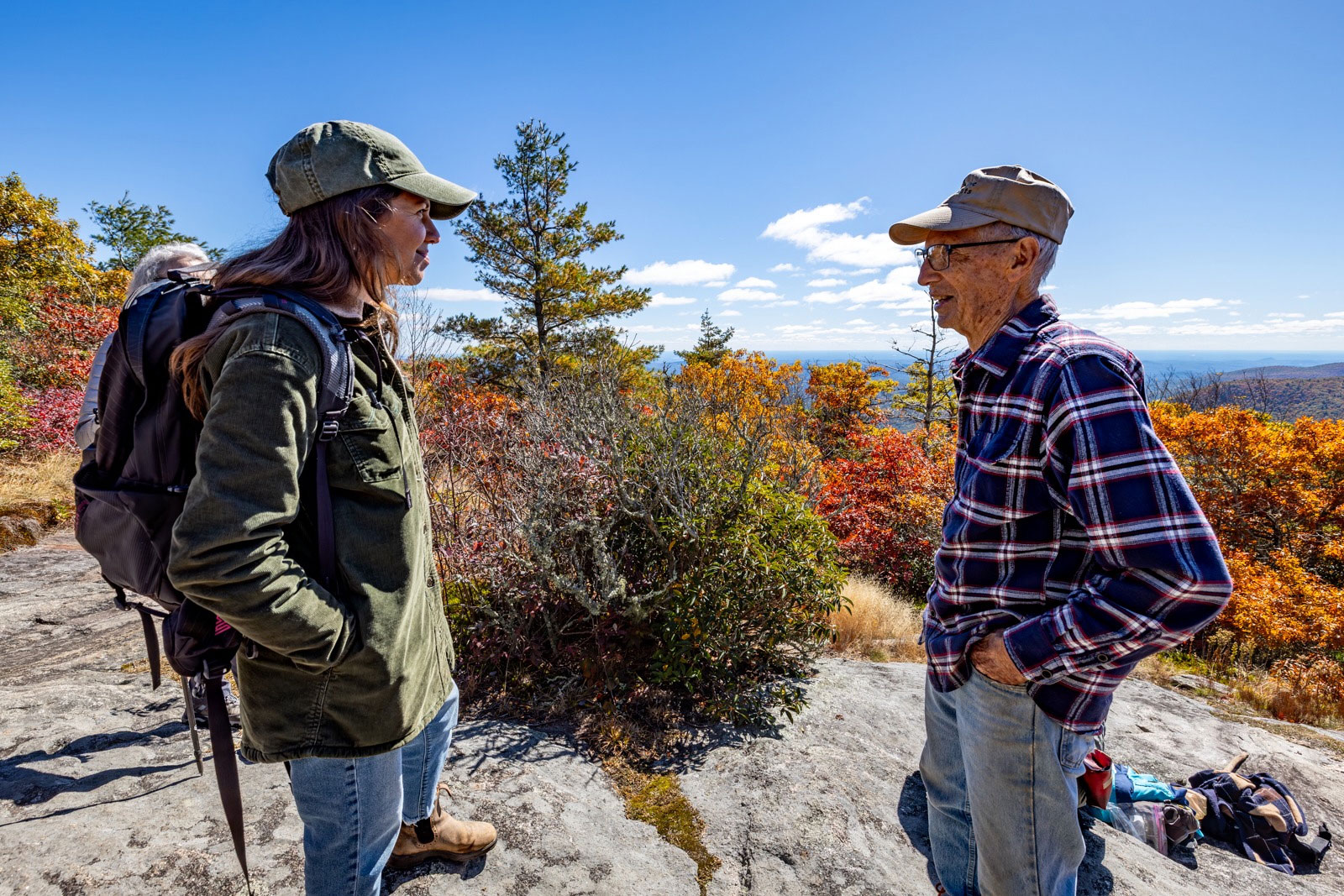
Avid botanist, dedicated environmentalist, and lifelong educator Dr. J. Dan Pittillo passed away peacefully on Sunday, August 10, surrounded by family and friends, at the age of 86. This story, originally published in June 2021, celebrates his decades of contributions to natural science and environmental education in the Great Smoky Mountains region.
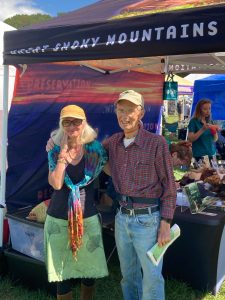
I met and became friends with Dr. Dan Pittillo through this column. He writes me an email every time one of my articles is published here; in fact, that’s how I know what day they run. He always tells me something I didn’t know about my topic, and he shows the kind of appreciation upon which interpretive writers and researchers thrive.
Dan’s own story is one worth telling. Countless conservation projects have succeeded thanks to Dan’s tenacity, including ones in the Joyce Kilmer–Slickrock Wilderness and Panthertown Valley Backcountry Area, along the Mountains-to-Sea and Bartram trails, and even in his own backyard—in 2019 he placed the Nodding Trillium Garden adjacent to his home under a conservation easement and opened its flowery paths to the public. He is responsible for conducting important plant surveys at the North Carolina Arboretum, Biltmore Estate, Blue Ridge Parkway, Balsam Mountain Preserve, and Great Smoky Mountains National Park.
After 40 years as a professor of biology at Western Carolina University in Cullowhee, North Carolina, Dan retired in 2004. But since then, he’s embarked on a whole new career. In 2007 he joined the board of Discover Life in America (DLiA), an official partner of Great Smoky Mountains National Park focused on cataloging biodiversity in the Smokies. That led to him becoming a part of a group of researchers that refers to itself as GRISLD—which stands for Gang of Researchers in Search of Life’s Diversity.
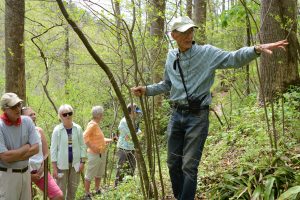
“To get to a better estimate of the total number of species in the Smokies, we decided to jointly work on groups [of species] where we each have some field experience,” Dan explained, crediting his collaborator, retired National Park Service biologist Keith Langdon, with instigating the volunteer taskforce. “Yearly we report on our field activities and submit reports of rare, new-to-park, and new-to-science species we locate during the year.”
NPS officials check these GRISLD reports and add any new species recorded to the official species list. DLiA then reports the list to the public.
“The Smokies has had hundreds of scientists involved with assisting the park over its decades of existence, but few match up to the broad contributions of Dan Pittillo,” said Langdon. “Not only has he been an accomplished field ecologist who has worked in the park and throughout the Southern Appalachians, but he has been a professor who helped students get careers in field biology and ecology. It is often difficult to get scientists to share their knowledge in the many strategic plans, action plans, and environmental analyses that characterize how a national park makes decisions, but Dan has always made it a point to actively participate in these requests for involvement—and not just with the park, but with land management agencies and organizations throughout the Southern Appalachians. This is how needed changes get accomplished.”
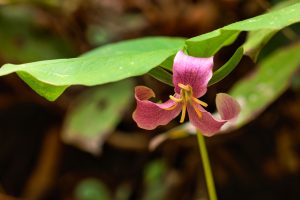
Dan’s main research goals are discovering new species in the park as well as new range extensions—the maximum reaches—for plants.
“Most of my current focus is looking for special geology, searching for confined distributions,” Dan said. “Much of my recent effort is in the North Carolina portion of the park, where the latest geology map gives us a clue for more basic soil types.”
Dan has earned acclaim not only as a scientist, but also as an educator.
“Dan Pittillo is—wait for it—legendary!” said Geoff Cantrell, public communications specialist for WCU (at the time of this story’s original publication) and current chair of the Smokies Life Board of Directors. “The Western Carolina University professor emeritus of biology, author, former director of WCU’s Herbarium, and recipient of ‘state environmental educator of the year’ honors knows the region. And not just natural history and botany, but the terrain, key figures, and popular and unknown places alike. To have been on a field trip with Dan as the guide, in class with him when he was the instructor, in a program that he led, or a polite conversation across the table—are all times not likely to be forgotten.”
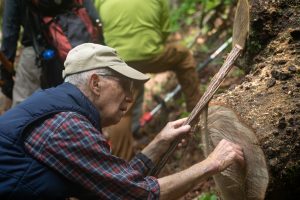
Something I find really fascinating about Dan is that he’s lived on the same property—which he and his late wife Jean named Nodding Trillium Garden—in Cullowhee since 1968. He loves to tell visitors about the native plants growing there and what he has learned about them in more than half a century of observation.
“Let me tell you a little story about trilliums,” he said on a YouTube video about his place. “I found when I was in the process of collecting plants that one of the things I could do if I had a rhizome that was left over and I didn’t want it, instead of throwing it in the trash I just stuck it in the ground here on this ridge and I didn’t think much about it, and I thought if it grows it grows, and if it doesn’t it doesn’t.”
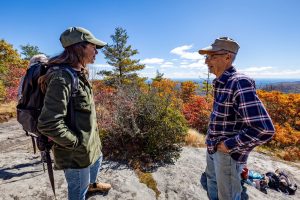
For some plants, the shaded soils of Nodding Trillium Garden were just what they needed to thrive.
“Sure enough, the Sweet Betsy went wild,” Dan said. “It was going up the hill, around the hill, up the fence, all the way up to the hill above and continuing along the fence above, all the way around behind the barn. It got all the way down to the bottom of the hill too. I was rather surprised—how in the world was it getting around so well?”
What was the mystery Dan uncovered? To find out, you’ll have to watch “Stories from Nodding Trillium Garden” by the Highlands-Cashiers Land Trust on YouTube.
For details about Pittillo’s life and work as well as his memorial, see his obituary online.
Subscribe to get the latest posts sent to your email.
The Great Smokies Welcome Center is located on U.S. 321 in Townsend, TN, 2 miles from the west entrance to Great Smoky Mountains National Park. Visitors can get information about things to see and do in and around the national park and shop from a wide selection of books, gifts, and other Smokies merchandise. Daily, weekly, and annual parking tags for the national park are also available.